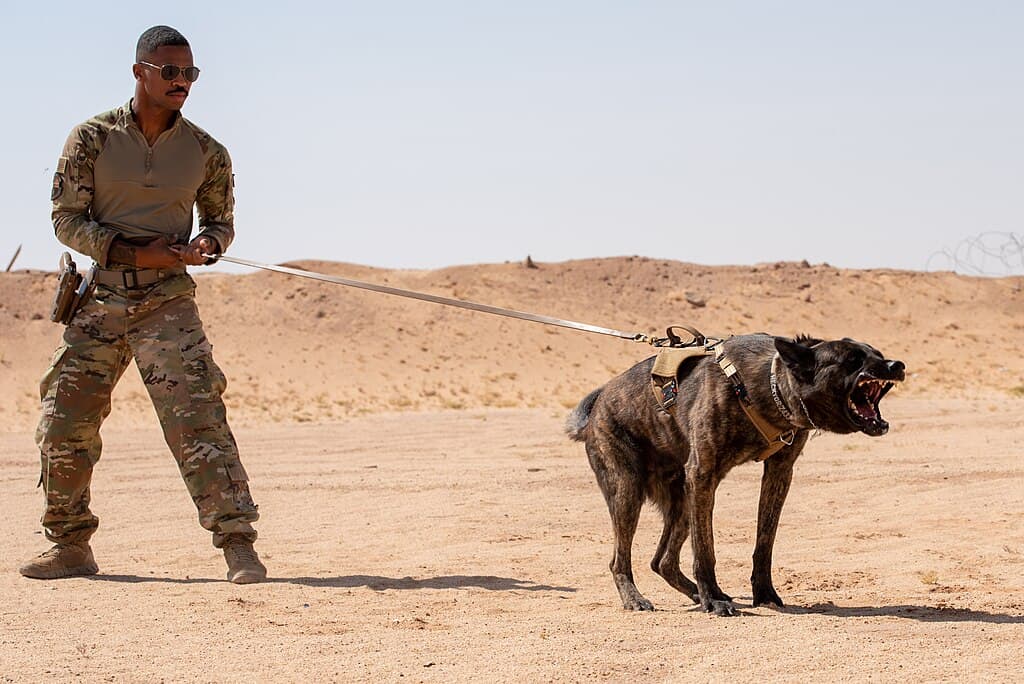For as long as dogs have been domesticated, that is, since around 26,000 years ago, they have been the companions and protectors of humans. As such, they’ve been serving in militaries and battalions for thousands of years.
Today, military dogs undergo rigorous training to hone their unique skills that make them valuable assets of the military special forces.
Read to the end to watch the video!
Earliest Warrior Dogs
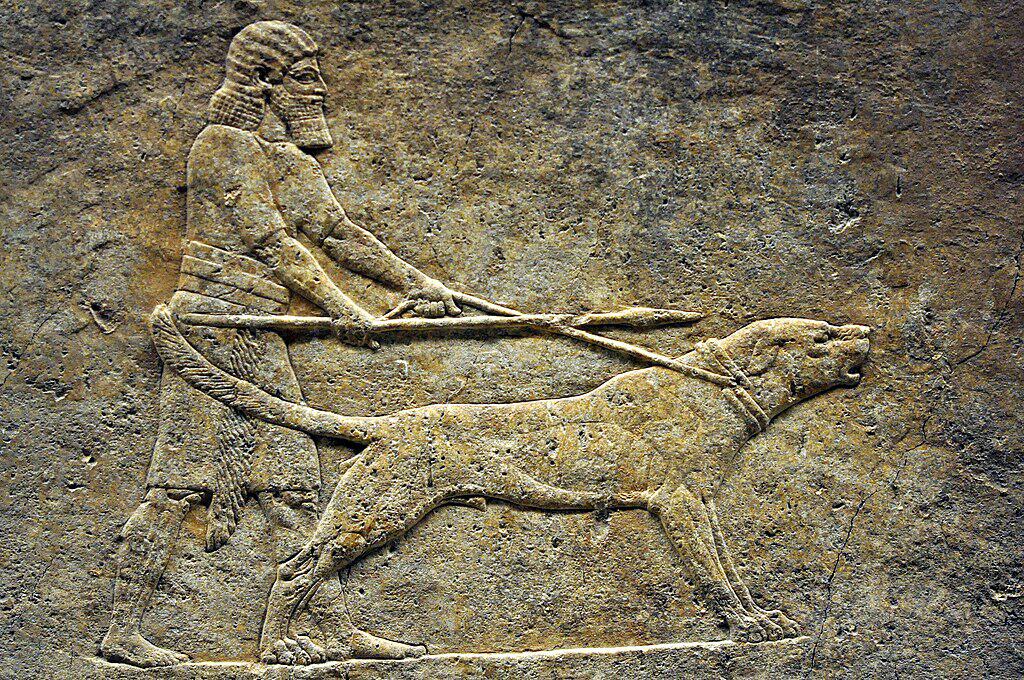
If we know anything about humans, it’s that humans fight each other – a lot. And, with centuries of a rapidly increasing population, the fighting has evolved from spears and swords thrashed between small clans of about 20 each to exhaustive, worldwide wars with a looming nuclear threat.
The earliest recorded use of dogs in warfare dates back to about 600 BC in what is now West Asia, when the Lydians (from modern-day Turkey) used dogs as a surprise weapon to force the Cimmerians (from modern-day East Iran) to retreat from an attack.
In 525 BC, dogs, who were considered sacred to the Egyptians, were released by the Persians in battle against the Egyptians. The Egyptians ultimately laid their weapons down as they couldn’t bear fighting against the venerated pups.
World Wars I & II
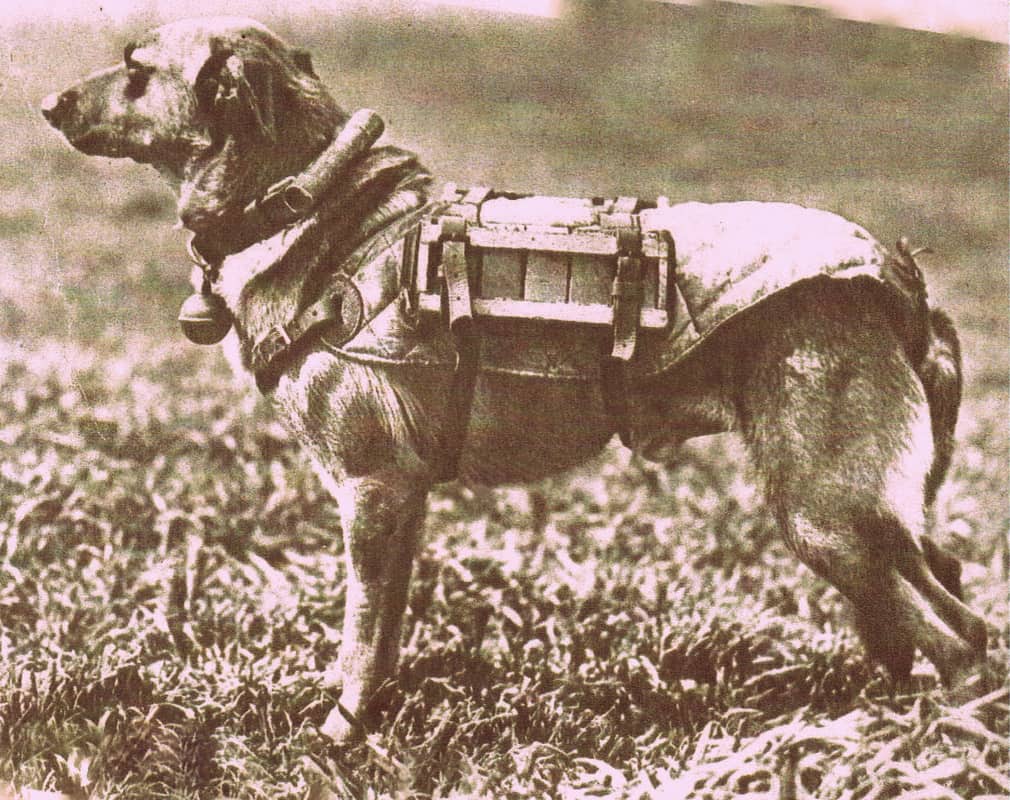
Dogs were used here and there in battles throughout history, but the world wars were the first time they played a more important role. Throughout Europe, dogs became scouts and messengers, they controlled rat populations in the trenches, and they carried carts with weapons and supplies.
Incredibly, a stray dog named Stubby wandered into a US military training camp during WWI and promptly enrolled himself in the army. Stubby, later promoted to sergeant, and his human were sent to the front lines, where Stubby became a vital asset to his squad, even detecting an enemy spy.
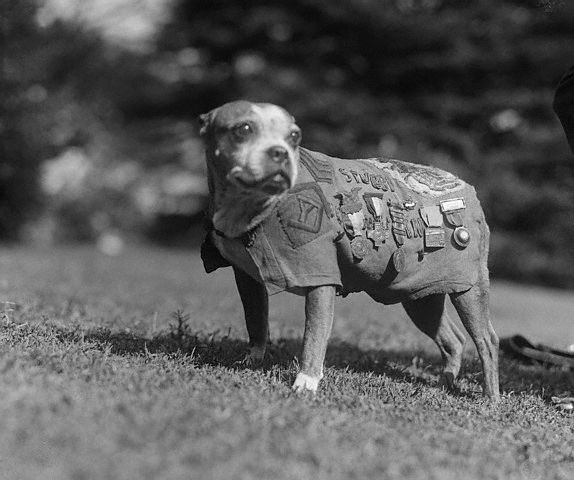
The helpfulness of dogs during WWI led to more being employed during WWII and, subsequently, proper training programs were established. Today, we call these K-9 units.
Dogs in the U.S. Military
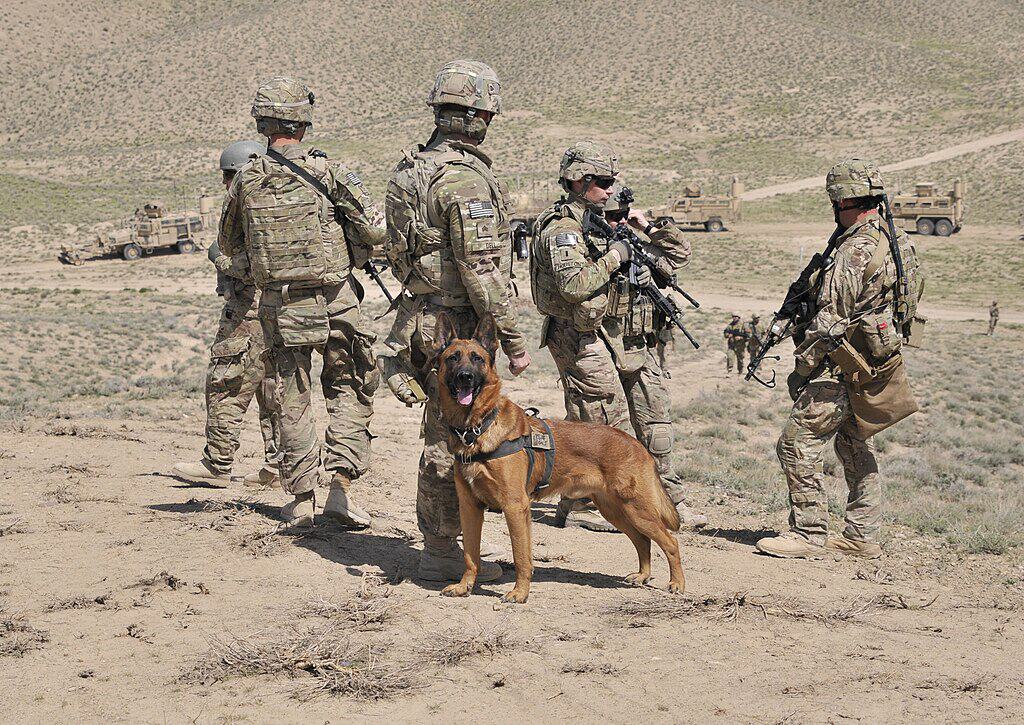
While dogs are no strangers to warfare, no military equals that of the United States when it comes to elite dog training. The U.S. K-9 Corps was established in 1942 and has since evolved into a large breeding and training program that prepares dogs to serve in the military or police forces.
Roughly 400 dogs enter the program each year, and about 90% of them graduate and are either deployed or enrolled in the police. Those who don’t graduate military training may be trained as emotional support animals, particularly to assist veterans with PTSD.
The training process is divided into two blocks: detection training and patrol training. Detection training teaches dogs to detect explosive materials or narcotics, whereas patrol training focuses on obedience and controlling aggression, whereby the dogs are taught how to apprehend suspects.
Currently, there are about 1,600 military working dogs in all branches of the U.S. military.
Future of Military Dogs
Despite technology rapidly advancing, dogs remain indispensable in the military for their unique skills. Military forces will likely continue relying on dogs for tasks such as explosive detection, search and rescue, and psychological support for soldiers.
You may also like:
Join our Forum for free today!

- Glow-in-the-Dark Sharks & Other Fascinating Bioluminescent Fish - July 10, 2024
- Why Flamingos Are Totally Hardcore - July 3, 2024
- Nuclear Tech to Combat Poaching: Radioactive Rhino Horns - July 2, 2024

